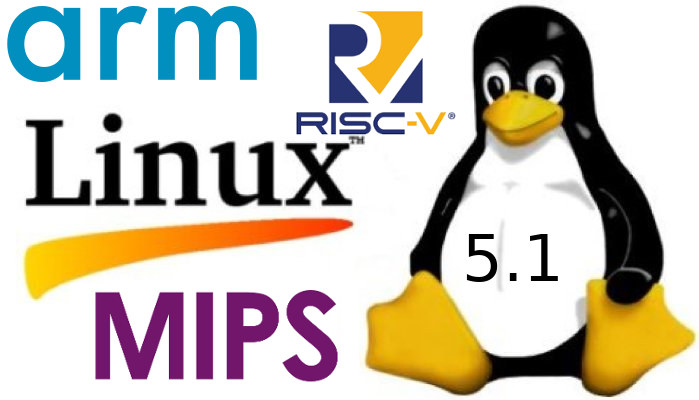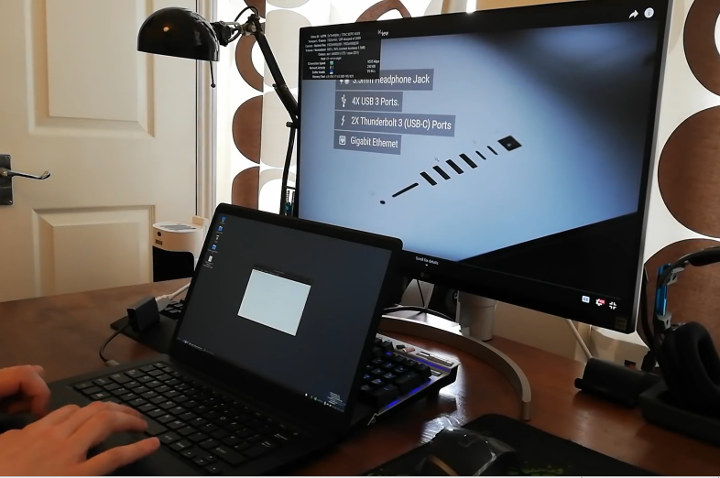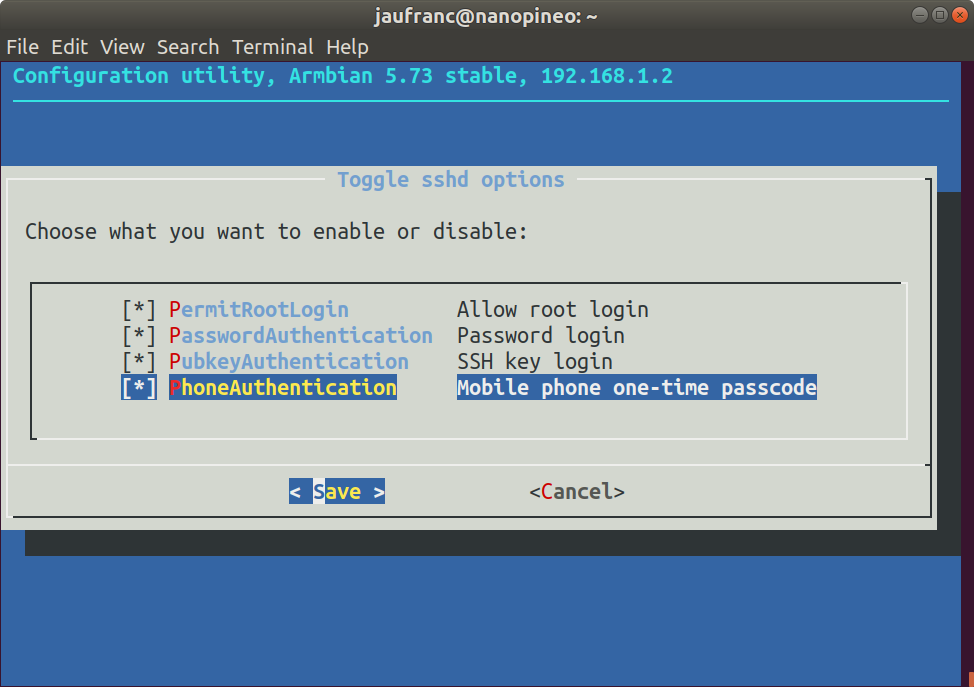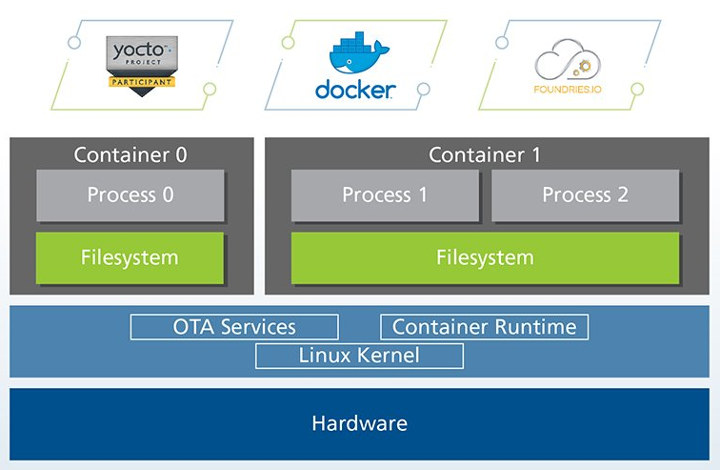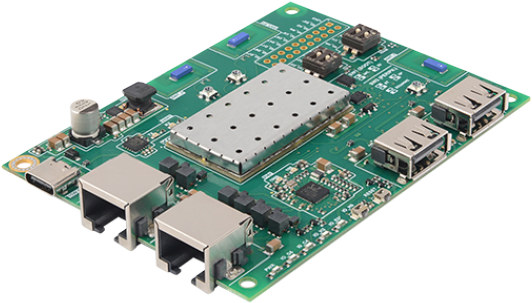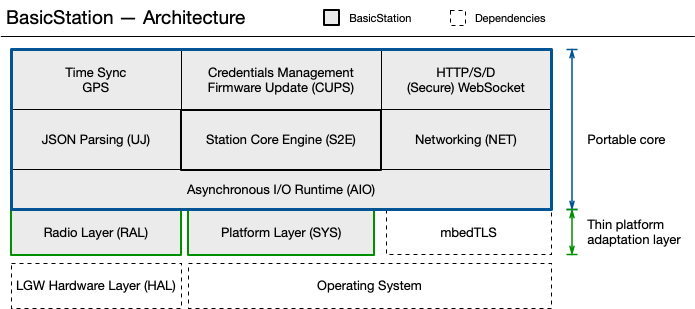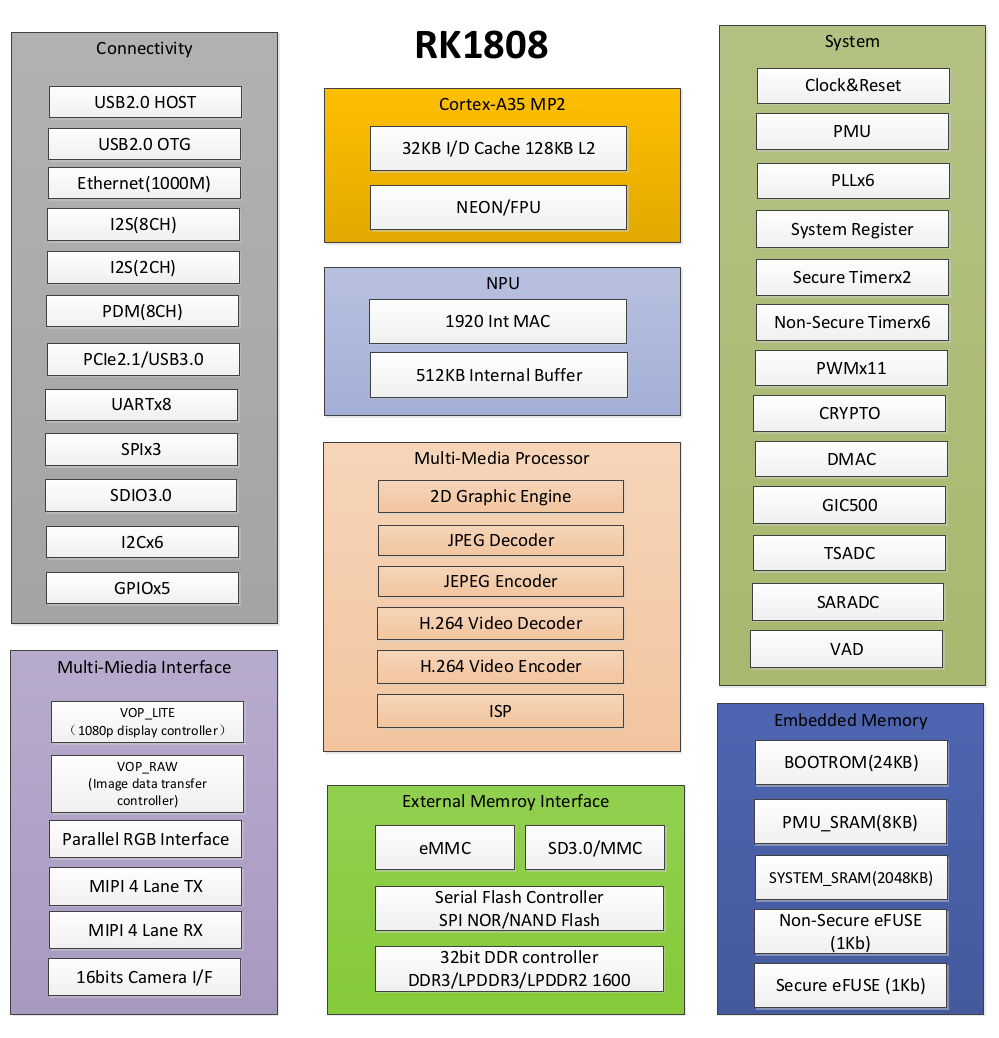Linus Torvalds has just announced the release of Linux 5.1: So it’s a bit later in the day than I usually do this, just because I was waffling about the release. Partly because I got some small pull requests today, but mostly just because I wasn’t looking forward to the timing of this upcoming 5.2 merge window. But the last-minute pull requests really weren’t big enough to justify delaying things over, and hopefully the merge window timing won’t be all that painful either. I just happen to have the college graduation of my oldest happen right smack dab in the middle of the upcoming merge window, so I might be effectively offline for a few days there. If worst comes to worst, I’ll extend it to make it all work, but I don’t think it will be needed. Anyway, on to 5.1 itself. The past week has been pretty calm, […]
Pinebook Pro Arm Laptop Video Demo
Pine64 first revealed working on Pinebook Pro Arm Linux laptop at FOSDEM 2019 back at the end of January. The first Pinebook laptop had limited hardware resources, and as such was meant for simple tasks, but Pinebook Pro equipped with Rockchip RK3399 processor, 4GB RAM, 64GB to 128GB flash, and a 14″ Full HD display is designed to be used as your main laptop. That means everything needs to work from 3D graphics acceleration, to hardware video decoding, and USB-C video output. Lukasz Erecinski very recently shot a demo of the laptop in action, and everything looks very good, meaning the laptop should be come available soon. You can watch the demo further below, but if you are in a rush here’s what has been tested and works: Ubuntu & Debian with MATE desktop 4K video playback 3D graphics acceleration for games (Quake demo) 3D graphics acceleration in Chromium web […]
Enabling Two-Factor Authentication for SSH Access in Armbian
Until today, I only knew of two authentication methods for SSH: the traditional username/password and key-based login with private/public keys with the latter being more secure and not requiring any password. But I’ve just found out it’s also possible to login to SSH using two-factor authentication relying on your smartphone to get an OTP code like you would to access some banking services as it can easily be enabled in Armbian. First you’ll want to enable key-based login with private/public keys, or you won’t be able to access your board anymore after enabling 2FA except via the serial console. Now simply start armbian-config, and go to System Settings->Reconfigure SSH daemon to enable PhoneAuthentication “mobile phone one-time passcode”. We’re not done yet, so don’t close Armbian-config You’d then need an Android or iOS phone running Google Authenticator app to receive the OTP (one-time password). After enabling PhoneAuthenticator in armbian-config, you’ll see […]
Toradex Torizon Industrial Linux Distribution Targets Windows Developers
When we interviewed Toradex right before Embedded World 2019, they told us they would focus on their new software offering called Torizon, an easy-to-use industrial Linux Platform, especially targeting customers are coming from the Windows / WinCE environment or who have only experience with application development and are not embedded Linux specialists. The company has now officially launched Torizon, and provided more details about their industrial open source software solution especially optimized for their NXP i.MX modules. Torizon specifically relies on foundries.io Linux microPlatform which provides full system with a recent stable kernel, a minimal base system built with OpenEmbedded/Yocto, and a runtime to deploy applications and services in Docker containers. The microPlatform is part of TorizonCore (light blue section above) that also includes an OTA client (Aktualizr). TorizonCore is free open-source software, and serves as the base to run software containers. To get started, Torizon provides a Debian container […]
Komikan is a Realtek WiFi 802.11ac Wave2 Module & Development Kit
8devices has been developping and selling WiFi modules such as their Rambutan Atheros module, and the now-discontinued Carambola module. The company is now back with Komikan, an 802.11ac Wave 2 + Bluetooth 4.1 module, as well as the corresponding Komikan development kit. Komikan 802.11ac Wave 2 Module Specifications: CPU – Realtek RTL8197FS MIPS 24Kc processor @ 1 GHz System Memory – 128 MB RAM Storage – 32MB flash Connectivity WiFi 4 802.11 b/g/n 2×2 MIMO via RTL8197FS WiFi 5 802.11ac Wave 2 2×2 MIMO via Realtek RTL8822BEH Bluetooth v2.1/3.0/4.1 Max output power – 22 dBm per chain Antenna – GPIO pins for external antenna Expansion via bottom pads – 44x GPIO, 2x USB, 4x UART (one for BT), RGMII, 2x SPI, PWM, MDIO, eMMC, JTAG, 2x I2S, PCM, 2x I2C, P-NAND Power supply – 3.3V, max power consumption 6W Dimensions – 37.5 x 21.3 mm The two integrated radios (2.4 […]
Semtech Releases Open Source Software for LoRa Gateways & Devices
Semtech has released open source software for LoRa-based gateways including LoRa Basic Station packet forwarder for Linux-based gateways, LoRa Basic MAC implementation of the LoRa Alliance’s LoRaWAN specification, and LoRa Basic loader bootloader capable of handling firmware updates. All three components are available for free under a revised 3-Clause BSD license. LoRa Basic Station supports LoRaWAN Classes A, B, and C, presents a unified radio abstraction layer supporting Concentrator Reference Designs v1.5 and v2, and implements various backend protocols. Apart from mbedTLS and libloragw/-v2, it does not rely on external dependencies, the code is written in C language only, and easily portable to Linux gateways and embedded systems. LoRa Basic MAC is a fork of IBM’s LMiC library, also implemented in C language, supports multiple regions selectable at compile and/or run time, and can handle Class A, Class B, and Class C devices. Basic MAC uses LoRa Basic loader to […]
VORKE GT-King Amlogic S922X TV Box Sells for $114
One of the first Amlogic S922X TV box to show up in our news feed was Beelink GT1-K “King” with 4GB LPDDR4, 64GB eMMC flash, and all interfaces and features you’d expect from a higher end TV box including 4K HDR, HDMI 2.1 output, Gigabit Ethernet, USB 3.0 and so on. The Android 9.0 TV was only unveiled at the time, and we had yet to know about pricing. The media player has now started to sell on Aliexpress under the VORKE brand for $114 including shipping. VORKE GT-King specifications: SoC – Amlogic S922X hexa-core big.LITTLE processor with 4x Arm Cortex A73 cores @ up to 1.8 GHz, 2x Arm Cortex A53 cores @ 1.9 GHz, Arm Mali-G52MP4 GPU @ 846MHz; 12nm manufacturing process System Memory – 4GB LPDDR4 RAM Storage – 64GB eMMC flash, microSD card slot Video Output – HDMI 2.1 up to 4K @ 75 Hz, AV […]
Rockchip RK1808 Datasheet, TRM, Schematics and Linux SDK Released
Rockchip RK1808 is the first chip from the company fully dedicated to artificial intelligence applications. The Neural Processing Unit (NPU) features an accelerator delivering up to 3.0 TOPS and is coupled with two low power Arm Cortex-A35 cores allowing it to run Linux. We’ve had the specifications for RK1808 for a while, but the company has recently posted hardware and software resources on their open source website. On the hardware side we’ve got: RK1808 Technical Reference Manual (TRM) RK1808 datasheet PDF Schematics for the company’s official RK1808-EVB On the software side we can get the Linux SDK from Github as explained in the Wiki:
|
1 2 3 4 5 |
git clone https://github.com/rockchip-linux/repo mkdir linux cd linux ../repo/repo init --repo-url=https://github.com/rockchip-linux/repo -u https://github.com/rockchip-linux/manifests -b master -m rk1808_linux_release.xml ../repo/repo sync |
Finally configure the build and start the build process:
|
1 2 3 |
sudo apt install liblz4-tool build-essential source envsetup.sh rockchip_rk1808 ./build.sh |
After a while, or more accurately close to two hours on a Laptop with Ryzen 7 2700U processor, 8GB RAM, and hard drive, we’ll get U-boot, Linux, buildroot based rootfs, and firmware files and in […]

